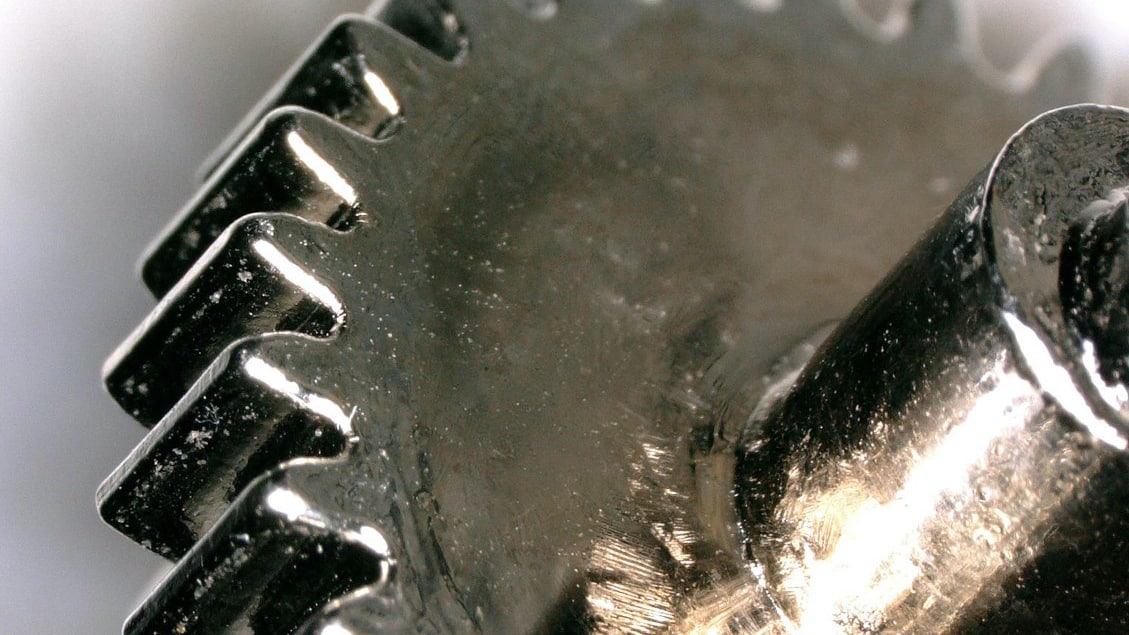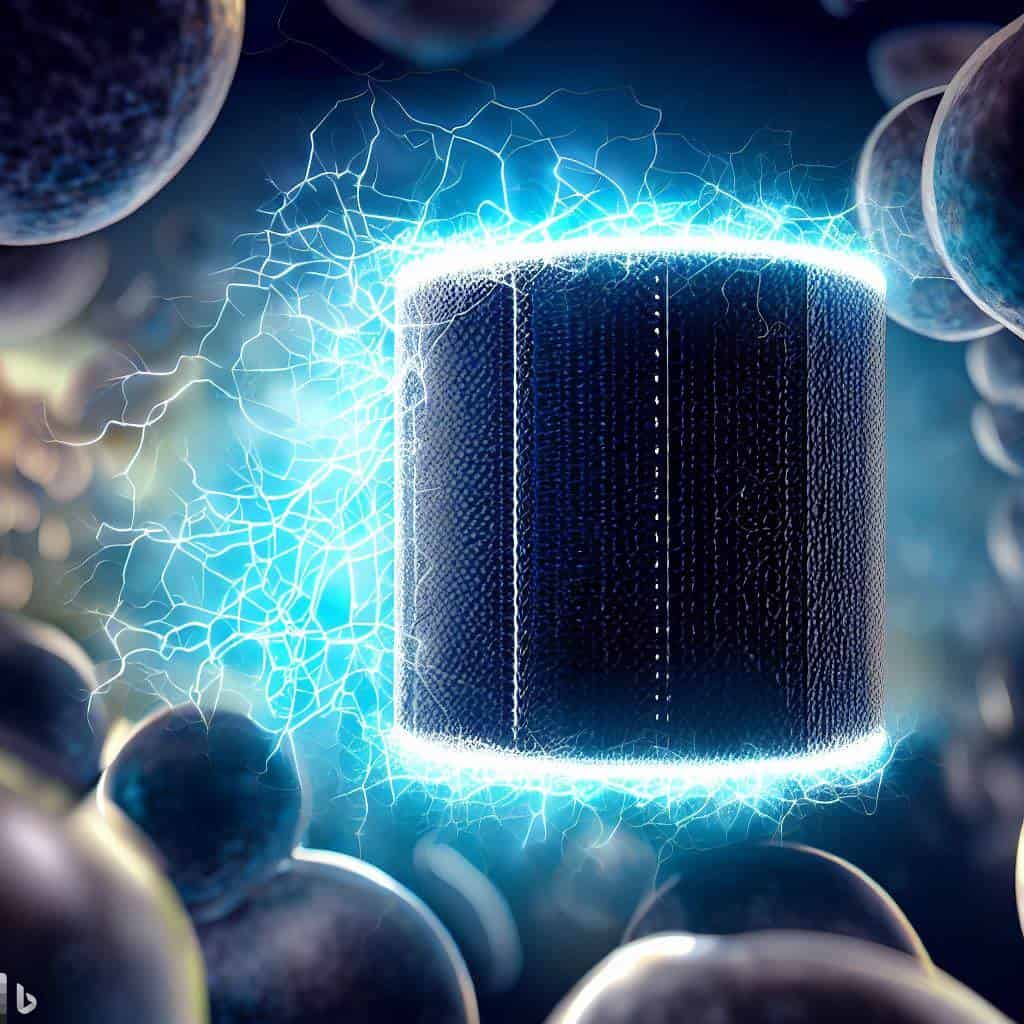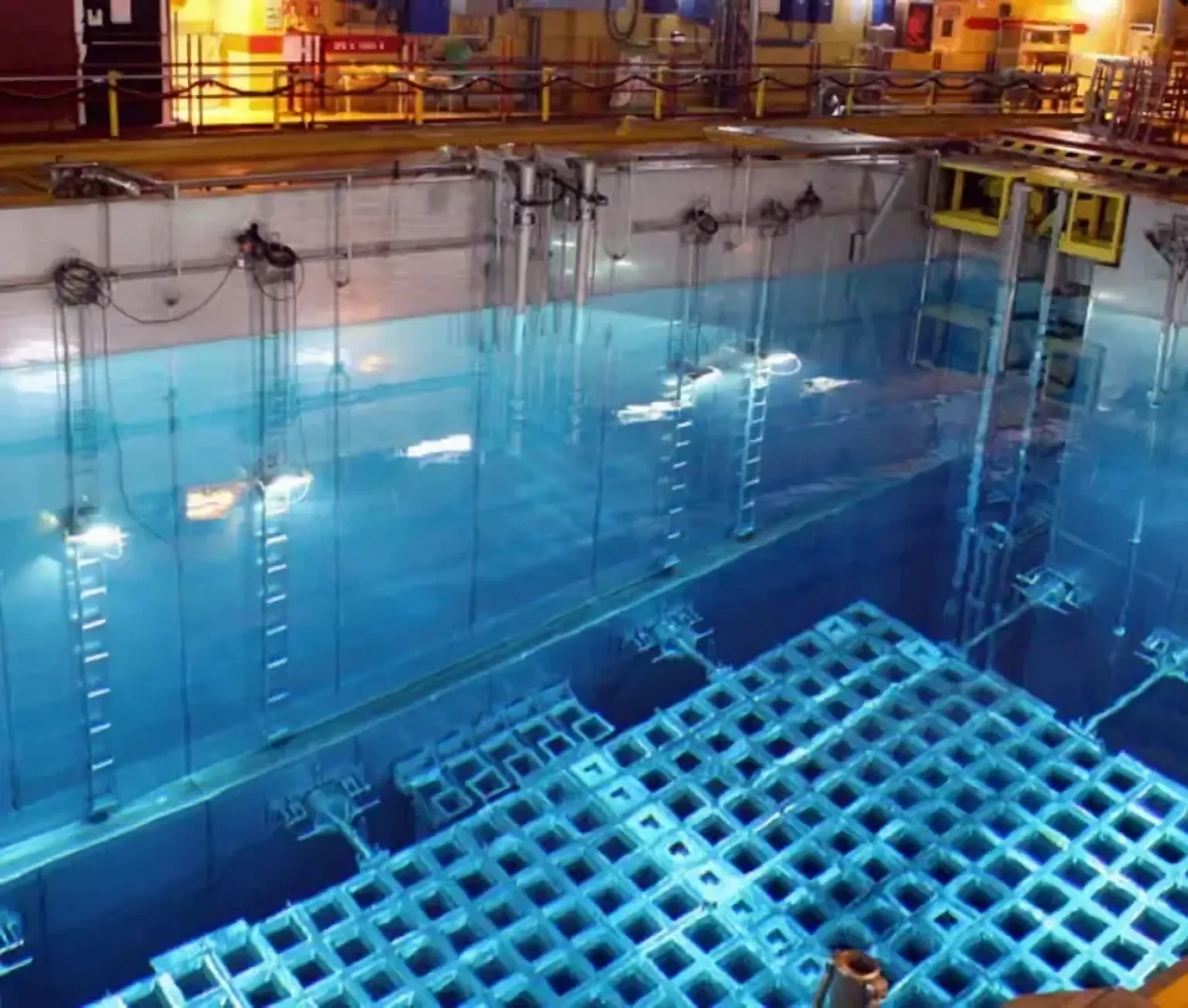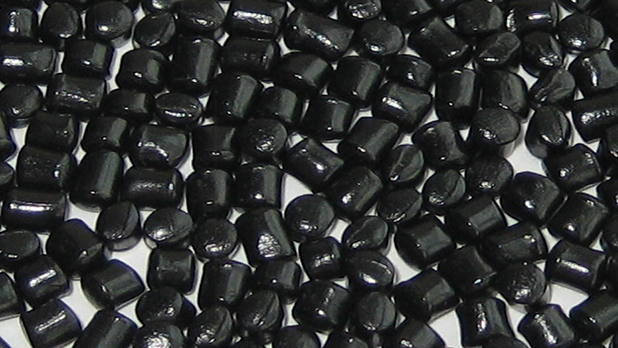
Researchers have discovered a method to improve the ductility of annealed Fe-based metallic glass with good soft magnetic properties using cryogenic thermal cycling (CTC). The researchers from Shanghai Jiao Tong University published their findings in the Journal of Alloys and Compounds. This groundbreaking development could lead to innovative real-world applications in various industries, such as aerospace, automotive, and electronics, due to the material’s enhanced strength and elasticity. The CTC method is easy to carry out and has no sample size limitations, making it a promising approach for producing metallic glass with superior properties. The study also found that CTC treatment increases the size of soft regions while reducing the number of crystal-like ordering structures, ultimately improving plasticity and maintaining magnetic domain structures. This breakthrough could pave the way for further advancements in metallic glass technology and its applications.
Understanding metallic glass
Metallic glass, also known as amorphous metal, is a solid metallic material with a disordered atomic-scale structure. Unlike crystalline metals, which have an ordered array of atoms, metallic glass has a chaotic structure that results in a lack of grain boundaries. This unique characteristic increases its strength and elasticity, making it up to three times stronger than industrial steel and up to ten times springier. The material is an alloy that retains good electrical conductivity and metallic luster, making it a promising candidate for various applications.
Real-world applications
Due to its remarkable properties, metallic glass has the potential to revolutionize various industries. In the aerospace and automotive sectors, its lightweight and strong nature make it a suitable candidate for use in aircraft, cars, and spacecraft. In the electronics industry, companies like Liquidmetal Technologies and Apple hold patents for using metallic glass in consumer electronics, creating durable and scratch-resistant devices. Additionally, the material’s improved thermal stability, as developed by researchers at Yale University, makes it ideal for high-temperature applications.
Challenges and future developments
Despite its potential, the production of metallic glass faces several challenges. One of the main obstacles is producing the material in large quantities while controlling the cooling rate during the manufacturing process. Cooling too slowly causes atoms to order, losing desirable properties, while cooling too fast can produce cracks. Researchers are working on controlling the cooling rate to achieve the desired balance of properties.
Further developments in metallic glass research include manipulating its structure for improved properties, such as increased toughness or corrosion resistance, and using 3D printing to create complex shapes and structures with the material. Joseph Poon, a researcher at the University of Virginia, believes that “3D printing of metallic glasses could revolutionize the way we make complex metal parts”.
The recent breakthrough in enhancing the ductility and magnetic properties of annealed Fe-based metallic glass using cryogenic thermal cycling holds great promise for the future of this material.







